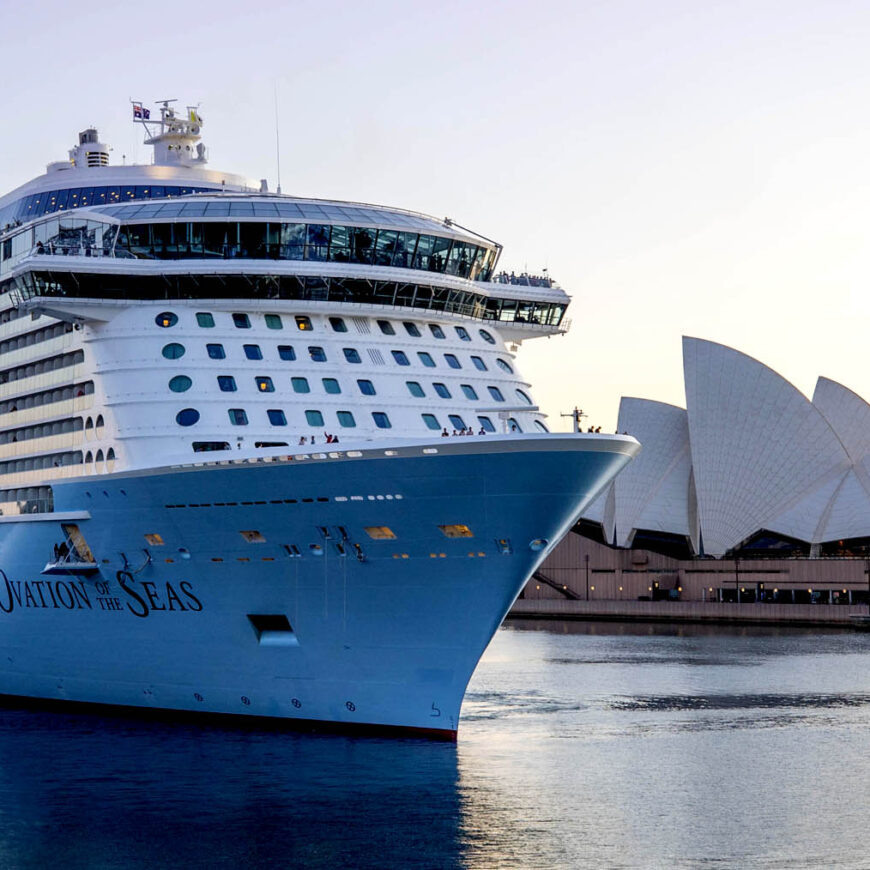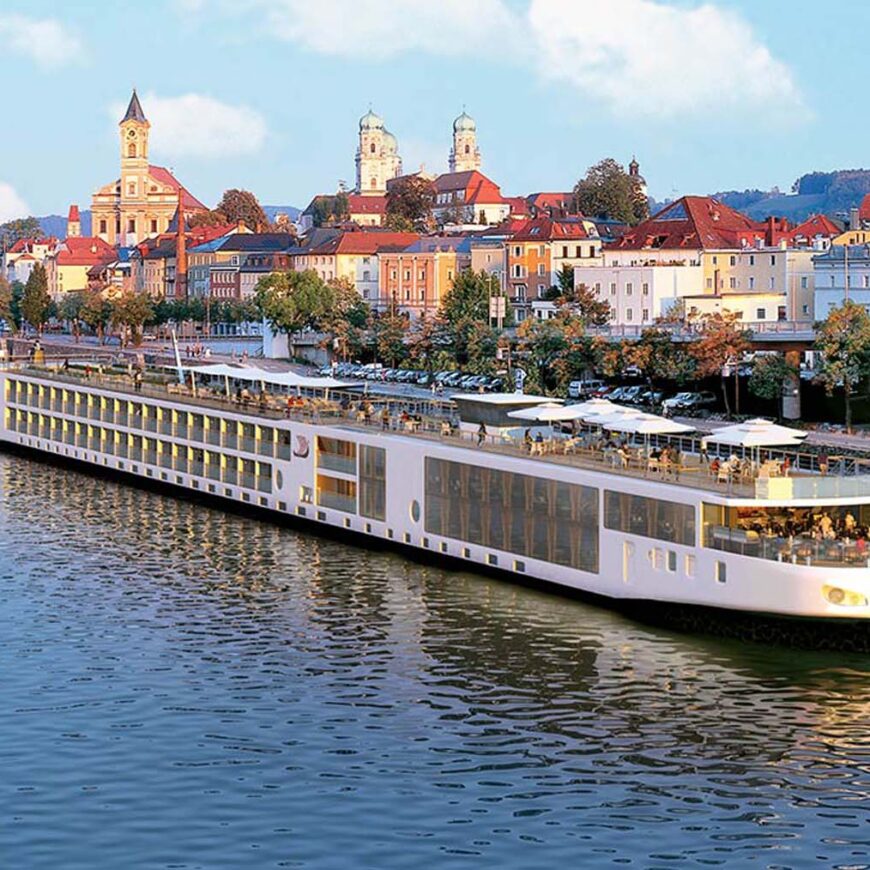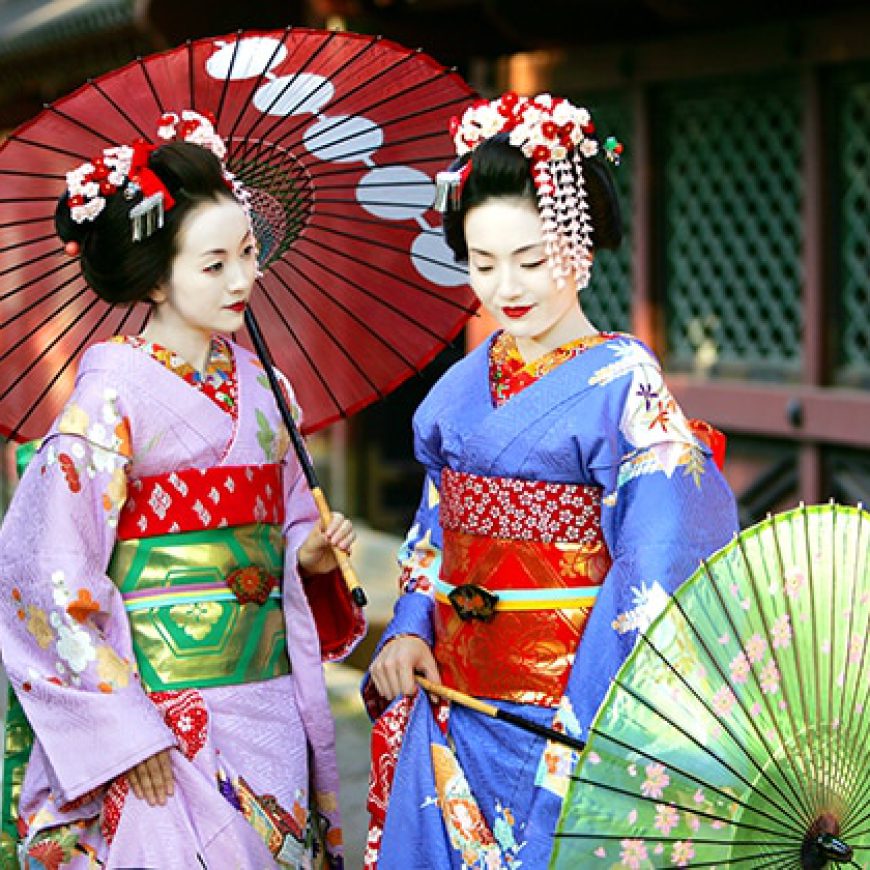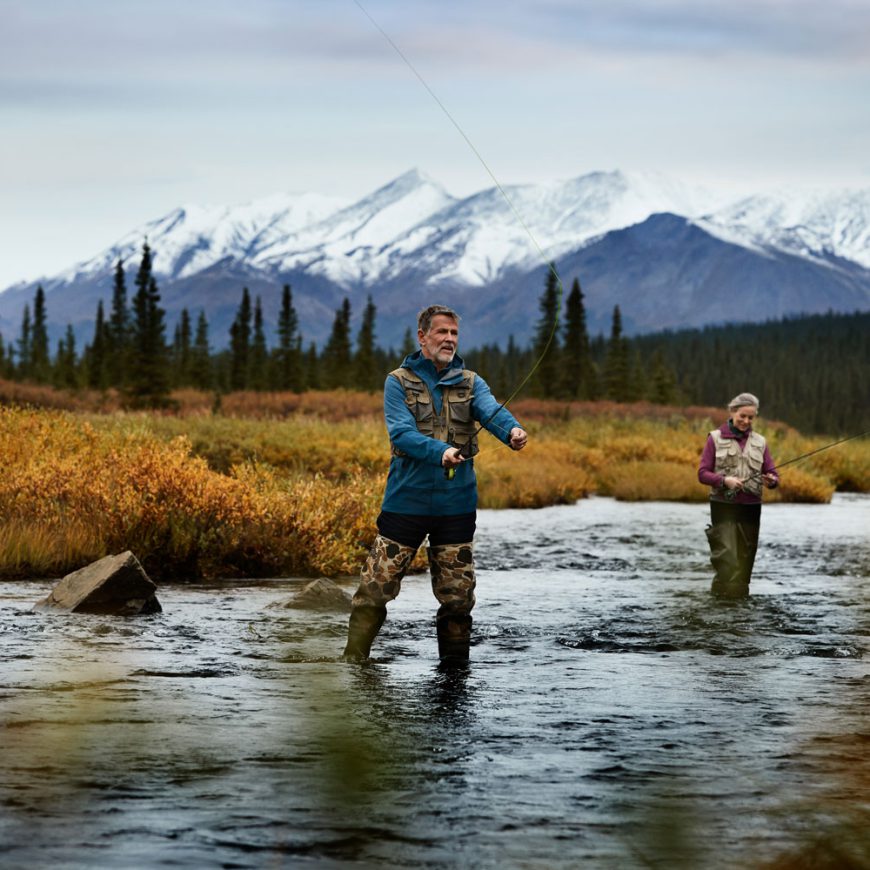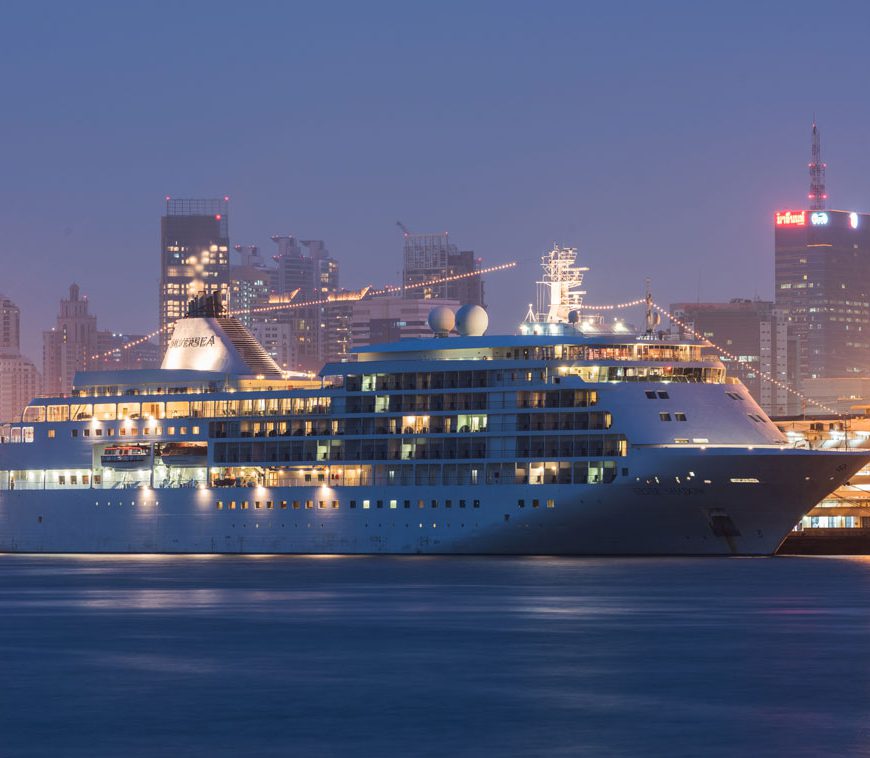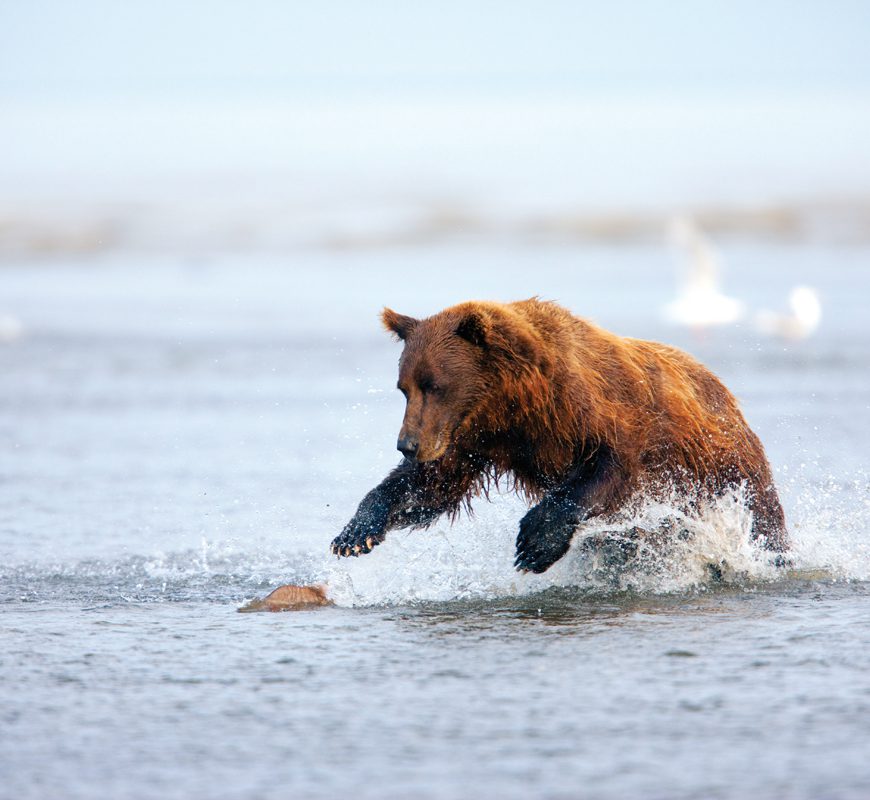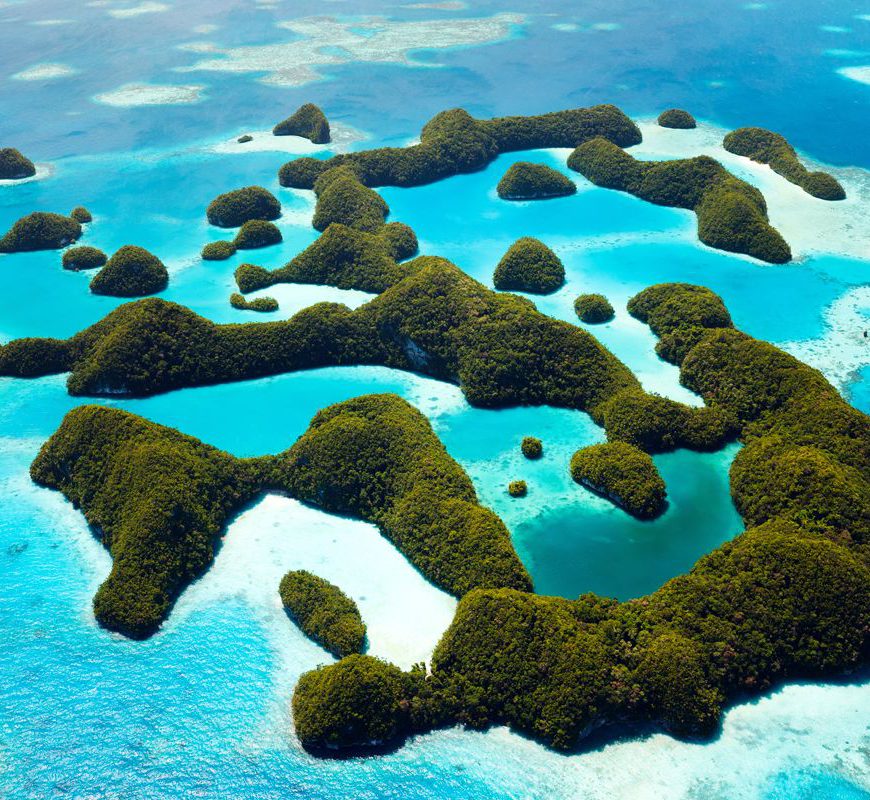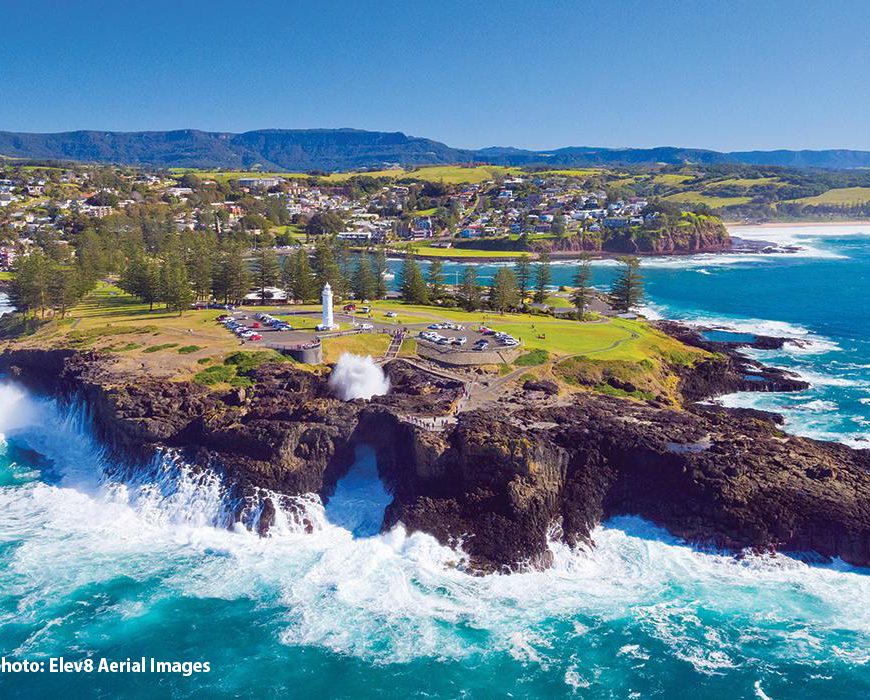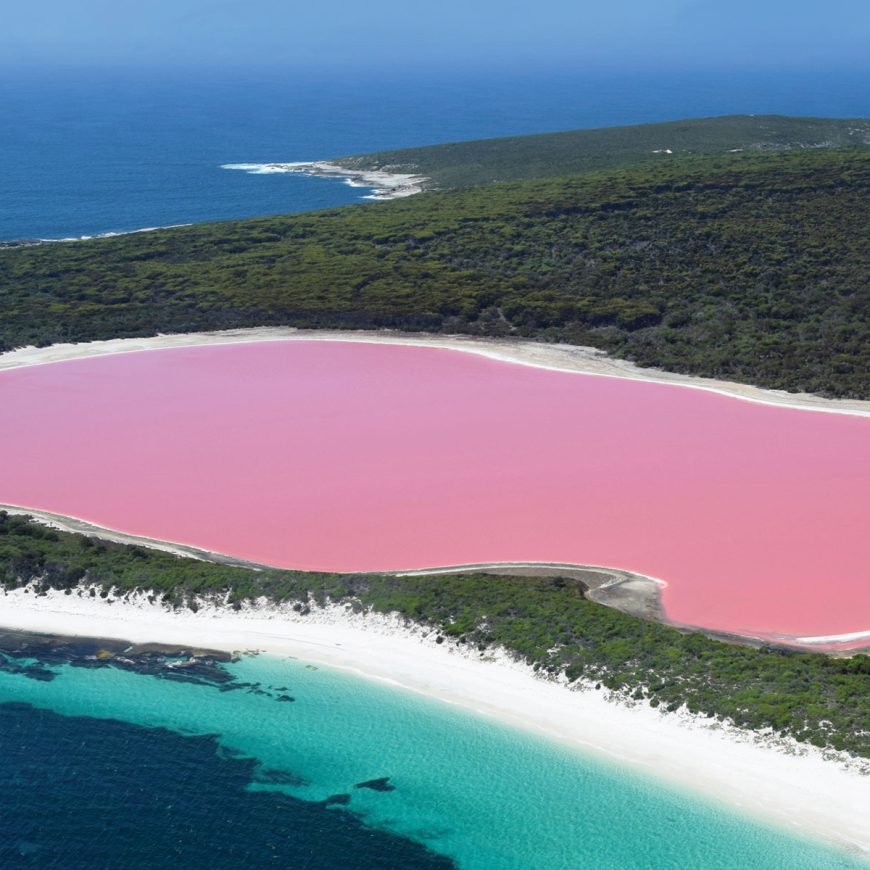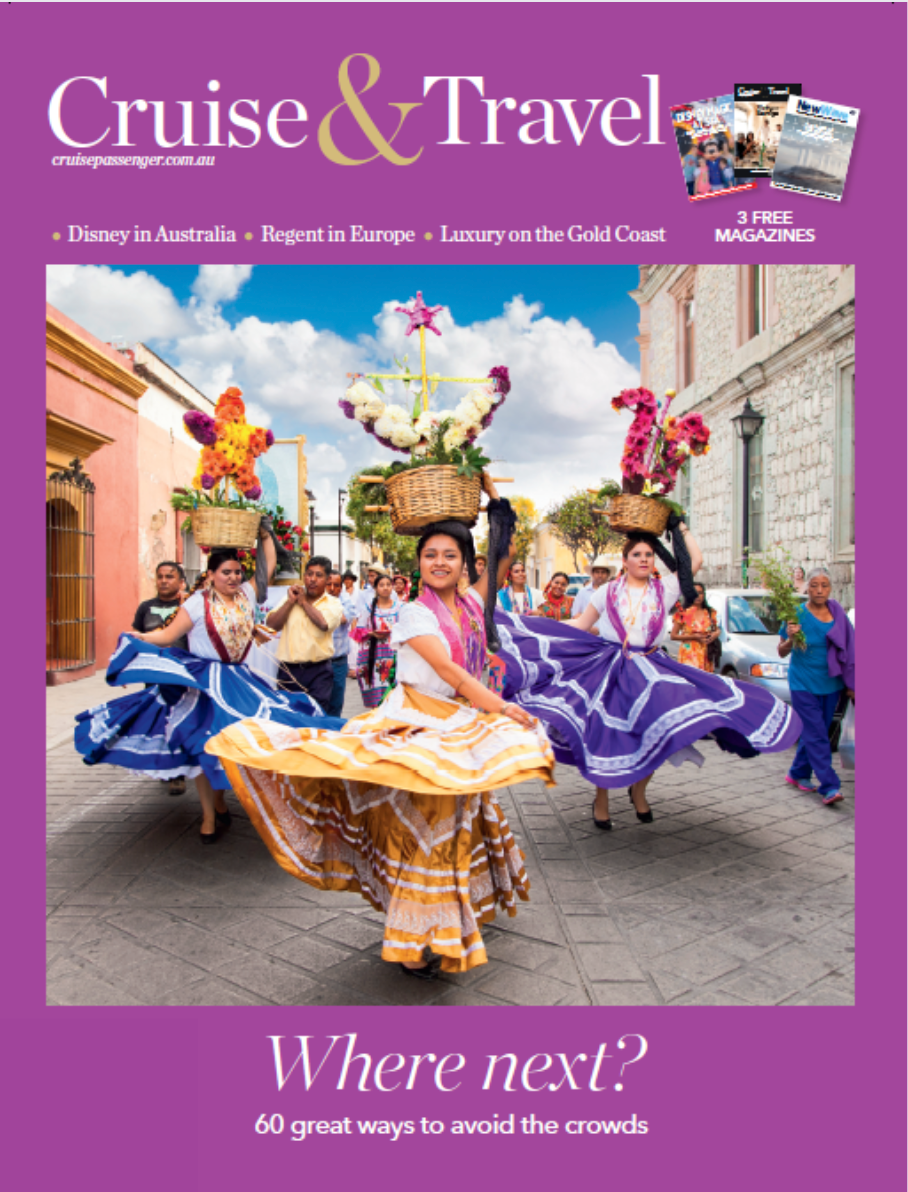The best boutique close to home cruises
Tips & AdviceClose to Australia is an exotic tropical world with infinite potential for adventure.
Many of us have ventured to Papua New Guinea, Indonesia and Borneo and have discovered plants, animals and, most of all, cultures that are truly astonishing. In recent years, the opportunities to cruise along the coasts and rivers of this special part of the world around the Equator have really opened up. PNG is the world’s second-largest island and Borneo is its third-largest, while Java is certainly its most populous.
Of course, a large part of the island of Borneo is Indonesian territory, but many of its attractions lie in the Malaysian states of Sabah and Sarawak. Indonesia’s smaller islands, such as Bali, are perpetual drawcards, and a cruise makes it easy to visit nearby Lombok and Komodo, home to the world’s largest lizards. Komodo dragons can weigh in at 70 kilograms and grow to more than three metres long, so they dominate their world. The wilds of PNG include not just the Highlands and the remote Sepik River region but also the isle of New Britain and several smaller islands, too.
The weather is always warm but one has to pick the right time of the year to avoid monsoonal rains. Fortunately, cruises are rarely scheduled for the wet season, so cruisers are spared the need to do much climatic research. Distances in this part of the world aren’t great so it’s possible to have an active, crowded schedule.
Cruises here take various forms, from one leg of a round-world cruise to scheduled big-ship voyages, small expedition-ship itineraries, dive-boat trips to pristine reefs and wrecks, and river cruises that take you deep into the interior. Whether your quest is for the perfect beach, snorkelling site or artwork, local culture, beautiful flowers or friendly orangutans, this cruise region offers much that’s memorable and unique.
Destination Highlights
Sepik River, PNG
The Sepik is an impressive river that flows more than 1,100 kilometres to the north coast of Papua New Guinea. It drains a very large area and is navigable for much of its length, flowing directly into the Bismarck Sea rather than through a shallow delta.
The main attraction of the Sepik is the people who live along its banks. The river is lined with traditional villages inhabited by people who create some of the most remarkable tribal artwork in the world. It’s the stuff of your worst nightmares: these works are created to be inhabited by the spirits they represent. Each village is dominated by a central ‘spirit house’ that plays an important part in community life.
It’s best to get upriver as far as the Middle Sepik, but welcoming Watam village near the river mouth is now visited by some expedition ships.
Bali
It’s hardly necessary to tell most Australians about the attractions of Bali. This largely Hindu island is a magical place where, seemingly, everyone can find what they want, from a leisurely beach holiday to a spiritual experience to wonderful cuisine.
The international dock is at Benoa, just out of Kuta towards Sanur. The shops of Kuta, Legian and Seminyak will hold strong appeal for some, but if you have limited time and want to experience the tranquil side of Bali, you need to head inland to the area around Ubud. While Ubud itself is becoming a mini-Kuta, the region around it is a maze of beautiful rice fields that give an idea of what Bali used to be like. For the most impressive scenery, continue
on towards the island’s volcanic peaks and Lake Bratan. From that first aroma of cloves wafting through the balmy air to the lingering fragrance of frangipani, the essence of Bali stays with you long after you cruise on.
Komodo Island
There are more than 17,000 Indonesian islands but you’d never know it from the dozen or so that are talked about. One of those is Komodo, and the international interest in this island of less than 400 square kilometres is all about Komodo dragons.
These are the last of a line of giant lizards that once roamed this part of the world. They certainly look prehistoric but in fact, they are monitor lizards akin to our goannas. A Komodo dragon can swallow a whole goat or deer, then have a good lie-down so it digests before it rots. To enable this feat, it has a small airway under its tongue. The island of Komodo is part of Komodo National Park, a UNESCO World Heritage site, and you can see the dragons in their natural scrubby setting. Just stay with your guide so you don’t end up as dragon fare.
Malaysian Borneo
Officially known as East Malaysia, the Malaysian states of Sabah and Sarawak occupy the northern part of the island of Borneo. In the middle lies the tiny independent nation of Brunei. While much less developed than the rest of Malaysia, it’s larger than peninsula Malaysia and holds vast natural resources.
For visitors, the attractions of Sabah extend far beyond the attractive beachside capital of Kota Kinabalu, to climbing Mount Kinabalu, visiting Sepilok Orang Utan Rehabilitation Centre, and learning the war history of coastal Sandakan, the province’s second-largest city.
Just off the coast, you can witness turtles hatching on Pulau Lankayan or travel up the Kinabatangan River to find pygmy elephants. Kuching, the largest city in Borneo and Sarawak’s capital, has a rich and fascinating history and is also the stepping-stone to Bako National Park and the renowned orangutan reserve at Semanggoh. Travelling along the river is the ideal way to see the rugged interior landscape.
Indonesian Borneo
The southern and eastern parts of Borneo comprise the Indonesian territory of Kalimantan, large enough to be divided into four separate provinces. Making up more than two-thirds of the island, it’s home to the longhouse-dwelling Dayak people, supplemented by a rich cultural mix of Chinese, Malay and Javanese people, totalling more than 10 million.
Though it’s been heavily logged in recent times, it still has a hugely diverse ecosystem. Naturally, visitors are drawn to the region’s various national parks, and while orangutans and other mammals may be the main drawcard, there are 15,000-odd species of plants and around 4,200 species of birds to see, too. Marine diversity is equally impressive: snorkelling the many coral reefs is a visual delight.
The islands of PNG
While its remote highlands still hold many secrets, the attractions of PNG’s islands are obvious. The two largest, New Britain and New Ireland, lie to the north of the mainland in the Bismarck Sea. There are numerous other islands worth exploring, including those of Milne Bay, an area with a war history as rich as its marine life.
Rabaul, at the very northern end of New Britain, is a particularly unusual place: this ‘Pompeii of the Pacific’ was almost entirely destroyed by a volcanic eruption in 1994 and the town’s CBD remains buried under ash in the shadow of the still-smoking volcano. Over on New Ireland, Kavieng is a typical Pacific-coast town.
In the Milne Bay area, off the eastern end of the PNG mainland, lie two very unusual islands: Fergusson (Moratau), with its bubbling mud pools, and Samarai, which, while it still has a few residents, is virtually a colonial ghost town. Indeed, it could be the deserted set of a Wild West movie.
PICK OF THE SHIPS
Azamara Quest
Max. pax 694*; crew 306; GRT 30,277
From March 26, 2012, Azamara Quest has a 17-night voyage from Hong Kong to Singapore that visits Borneo, Komodo, Bali and Semarang (for Java) as well as the Philippines and Sulawesi. Azamara Quest was significantly renovated in 2007, when she came into Azamara Club Cruises, and the majority of cabins have private balconies. The ship has a country-club atmosphere, with leather-panelled walls and an impressive lobby staircase. The Borneo stop is at Balikpapan, Kalimantan and there’s a full day and a half in which to explore Bali. Prices begin at US$4,499. www.azamaraclubcruises.com.
True North
Max. pax 36*; crew 20; GRT 740
Between early October and Christmas, North Star Cruises’ True North conducts a series of voyages around PNG. The first is a 12-night return voyage from Darwin to little-visited West Papua; then there are three seven-night voyages between Alotau and Kavieng with the last cruise of the season extending to the Louisiade Archipelago. All can be accessed by charter flights from Cairns. True North carries her own Bell 407 helicopter, enabling her to get passengers to places her six landing craft can’t. Accommodation, food and facilities are all excellent. The fare for the seven-night voyages begins at $9,995. www.northstarcruises.com.au
RV Orient Pandaw
Max. pax 60*; crew 28; draft 90cm
The Pandaw story is a romantic one, in which Burma’s old Irrawaddy Flotilla Company was brought back to life in 1995. RV Orient Pandaw was built in 2008 and arrived in Sibu, Borneo, in May 2009 for voyages along the 640-kilometre-long Rajang River between August and March. Each cabin has an ensuite and is finished in brass and teak in keeping with the traditional feel of the fleet. The longer of the two Borneo itineraries is an eight-night roundtrip from Sibu that, river levels allowing, travels as far as Pelagus Rapids. Fares for the five-night journey start at $1,400 per person. www.pandaw.com
Sepik Spirit
Max. pax 18*; crew 10; draft 1m
Since she began cruising in 1989, MV Sepik Spirit has been a distinctive feature on PNG’s Sepik River. She carries just 18 passengers in her nine cabins, which all have ensuites and large windows. In fact, Sepik Spirit has a shallow draft of just one metre but angles upwards from that, so the first impression is of angularity and glass. She’s air-conditioned, comfortable and well designed for what she does. Excursions are by 18-seat jet boats. A charter flight is necessary to reach the ship and Spirit’s four-day itinerary operates between Karawari Lodge and the village of Timbunke, deep along the Sepik River. Prices for three nights begin at $2,220. www.pngtours.com

